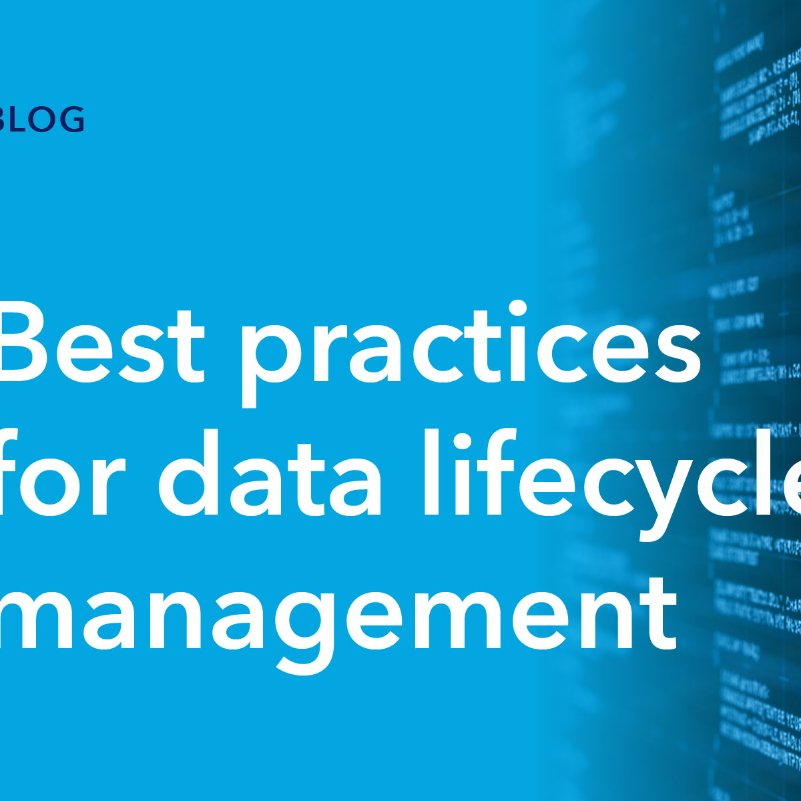Data lifecycle management describes the processes, policies, and procedures of managing data throughout its entire life—from the first entry into your system (data capture) all the way through its retirement (data deletion). All data has a lifecycle, and data lifecycle management ensures that your data function is proactive in managing each step of that journey.
All data, regardless of the type, has to be created. The capturing of particular information and the format it takes depends on the nature of your organization and its data needs.
Once data is created, it is sent to data storage, which may be on-premises, cloud-based, or a hybrid of the two. The storage may consist of a data lake, data warehouse, or data lakehouse approach, depending on the needs of the organization. In this stage, data is cleaned, processed, and prepared for the next stage.
Heat Hail and Hooligans One Ho...
Your Compressive Guide to Buy ...
Why Your Next Marketing Move S...
Upgrades That Matter Go Faster...
Brisbane Bathrooms Behaving Ba...
Why International SEO is Essen...
The Role of a Sports Physician...
How Do I Get Rid of a Scrap Ca...
How Hotel Staffing Services En...
Arthroscopic Knee Surgery A Mi...

